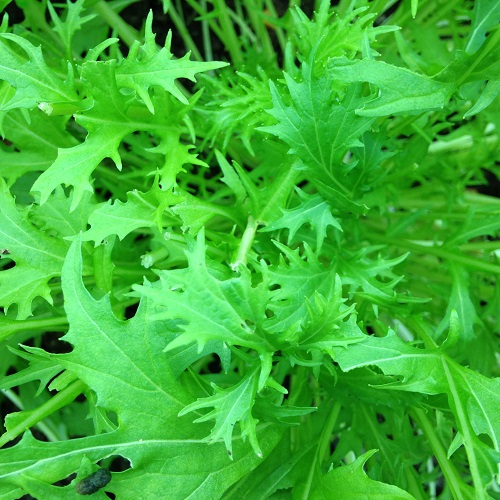Customers who bought this item also bought:
Mizuna
£0.99
A very prolific cropper, which will reform after cutting.....
Average Contents : 350 seeds
Mustard Red Lace
£0.99
Red Lace is a very prolific cropper, mix with other salad leaves.....
Average Contents : 500 seeds
Mibuna
£0.99
Mibuna plants produce clusters of long, narrow leaves.....
Av. Packet Contents : 350 seeds
Kale Nero Di Toscana£0.99
£0.49
Nero di Toscana is an Italian type of curly kale sometimes known.....
Average Packet Contents : 250 seeds
Customer Reviews
Be the first to Write a Review for this item!




